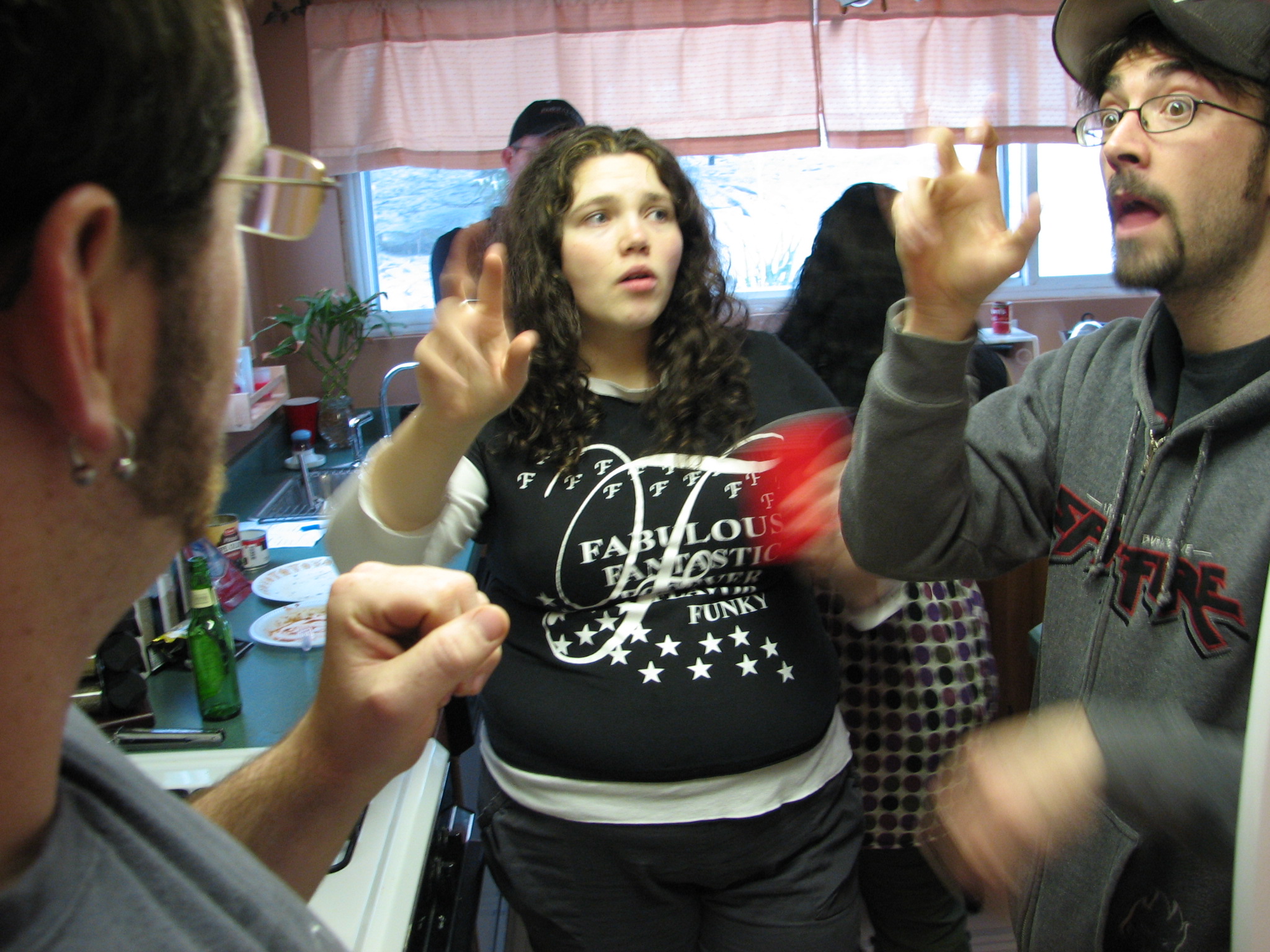|
Kyaka Language
Kyaka (Enga-Kyaka) is an Engan language of the East New Guinea Highlands in Enga Province, Papua New Guinea Papua New Guinea (abbreviated PNG; , ; tpi, Papua Niugini; ho, Papua Niu Gini), officially the Independent State of Papua New Guinea ( tpi, Independen Stet bilong Papua Niugini; ho, Independen Stet bilong Papua Niu Gini), is a country i ....Draper, Norm and Sheila Draper. 2002. ''Dictionary of Kyaka Enga, Papua New Guinea''. Canberra: Pacific Linguistics. References Engan languages Languages of Enga Province Languages of Papua New Guinea {{Papuan-lang-stub ... [...More Info...] [...Related Items...] OR: [Wikipedia] [Google] [Baidu] |
Papua New Guinea
Papua New Guinea (abbreviated PNG; , ; tpi, Papua Niugini; ho, Papua Niu Gini), officially the Independent State of Papua New Guinea ( tpi, Independen Stet bilong Papua Niugini; ho, Independen Stet bilong Papua Niu Gini), is a country in Oceania that comprises the eastern half of the island of New Guinea and its offshore islands in Melanesia (a region of the southwestern Pacific Ocean north of Australia). Its capital, located along its southeastern coast, is Port Moresby. The country is the world's third largest island country, with an area of . At the national level, after being ruled by three external powers since 1884, including nearly 60 years of Australian administration starting during World War I, Papua New Guinea established its sovereignty in 1975. It became an independent Commonwealth realm in 1975 with Elizabeth II as its queen. It also became a member of the Commonwealth of Nations in its own right. There are 839 known languages of Papua New Guinea, on ... [...More Info...] [...Related Items...] OR: [Wikipedia] [Google] [Baidu] |
Enga Province
Enga is one of the provinces in Papua New Guinea (PNG). It is located in the north most region of the highlands of PNG, having been divided from the Western Highlands to become a separate province when the provinces were created at the time of independence in 1975. The people of Enga are called Engans—they are a majority ethnic group—speaking one language in all its five districts: approximately 500,000 people. A small minority of Engans' land on the eastern side of the region remained in the Western Highlands, their territory being accessible by road from Mount Hagen but not directly from elsewhere in Enga territory. History Europeans—typically Australian gold prospectors—originally entered what is now Enga province from the east in the late 1920s, although the best-known exploration of Enga took place during the early 1930s when Mick Leahy and a party of men travelled from what later became Mount Hagen to the site of the future Wabag and then south through the Ambum Val ... [...More Info...] [...Related Items...] OR: [Wikipedia] [Google] [Baidu] |
Engan Languages
The Engan, or more precisely Enga – Southern Highland , languages are a small family of Papuan languages of the highlands of Papua New Guinea. The two branches of the family are rather distantly related, but were connected by Franklin and Voorhoeve (1973).Karl J. Franklin and C. L. Voorhoeve. 1973. Languages near the intersection of the Gulf, Southern Highlands and Western Districts. In Karl J. Franklin (ed.), ''The linguistic situation in the Gulf District and adjacent areas, Papua New Guinea'', 149-186. Canberra: Research School of Pacific and Asian Studies, Australian National University. Name The name "Engan" is often restricted to the northern branch of the family, to those languages transparently related to Enga, but also sometimes to the family as a whole. Languages The languages fall into three quite distinct branches: Engan proper, Huli, and Southern Highlands: * North Engan (Engan proper): Enga–Kyaka– Lembena, Ipili, Bisorio (Nete, Iniai) * South Engan (Kewa� ... [...More Info...] [...Related Items...] OR: [Wikipedia] [Google] [Baidu] |
Languages Of Enga Province
Language is a structured system of communication. The structure of a language is its grammar and the free components are its vocabulary. Languages are the primary means by which humans communicate, and may be conveyed through a variety of methods, including spoken, sign, and written language. Many languages, including the most widely-spoken ones, have writing systems that enable sounds or signs to be recorded for later reactivation. Human language is highly variable between cultures and across time. Human languages have the properties of productivity and displacement, and rely on social convention and learning. Estimates of the number of human languages in the world vary between and . Precise estimates depend on an arbitrary distinction (dichotomy) established between languages and dialects. Natural languages are spoken, signed, or both; however, any language can be encoded into secondary media using auditory, visual, or tactile stimuli – for example, writi ... [...More Info...] [...Related Items...] OR: [Wikipedia] [Google] [Baidu] |

